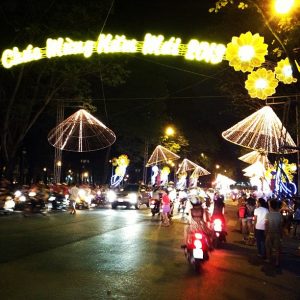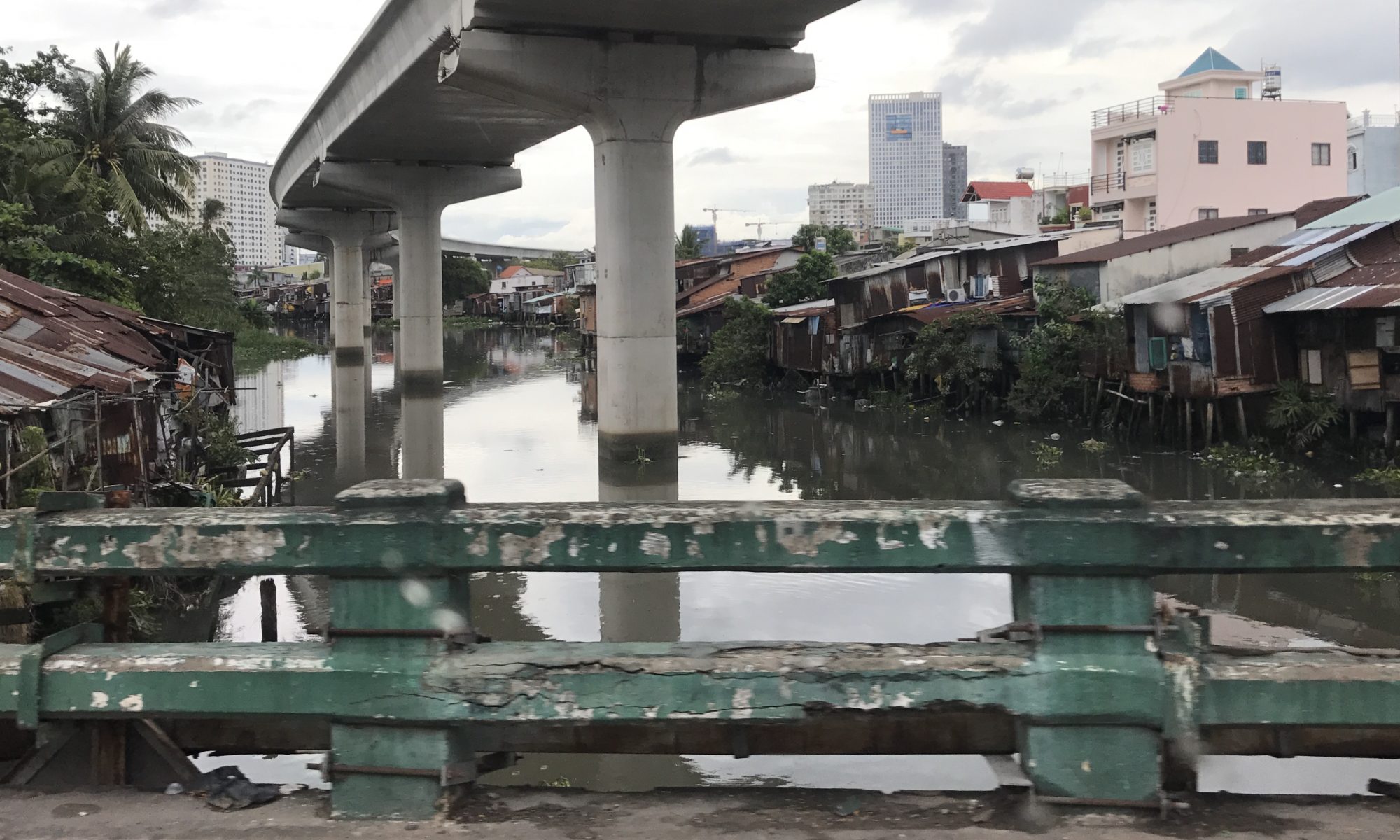RESEARCH
 Hun Kim’s book project, “Reform Capital: Hedging Saigon’s Urban Future,” examines the contemporary urban transformation of Saigon, Vietnam (officially Ho Chi Minh City). Beginning in the 1990s, Saigon became an emergent property frontier for East and Southeast Asian firms who sought to cash in on the city’s staggering growth rates and booming real estate market. State agencies partnered with Asian investor-builders along with international development institutions to reimagine and build Saigon as the next ascendant Asian city.
Hun Kim’s book project, “Reform Capital: Hedging Saigon’s Urban Future,” examines the contemporary urban transformation of Saigon, Vietnam (officially Ho Chi Minh City). Beginning in the 1990s, Saigon became an emergent property frontier for East and Southeast Asian firms who sought to cash in on the city’s staggering growth rates and booming real estate market. State agencies partnered with Asian investor-builders along with international development institutions to reimagine and build Saigon as the next ascendant Asian city.
Set amidst a continuing thirty-year “transition” to market-oriented socialism, the book identifies late-socialist reforms not as a set of linear interventions producing a more capitalist city. Rather, it examines an array of conflicting and contradictory interventions based on selectively deployed and recombined capitalist and socialist values. Here, reform is a technology of governing that can funnel future aspirations into the present, transpose beauty onto disarray, and suspend and compartmentalize critiques of governance and growing inequality in its pitch of Saigon as part of Asia’s world-class cities. The book argues that late-socialist reforms facilitate the movement of these different strands of transnational capital and urban development expertise into the city through legal exceptions and the informal practices of state agencies.
Reform Capital situates reform within Vietnam’s late socialist context and amidst rapidly transforming Asian cities. As the referents for the world class city move from West to East, with cities like Shanghai, Seoul, Taipei and Singapore modeling new forms of urbanism and introducing new vectors of Asian transnational capital, cities like Saigon must engage in the new art of being global in order to participate in and capture emergent circuits of growth while maintaining ties to more traditional sources of development capital. The result is a form of governance and urbanism that is highly speculative and recombinant, capable of managing and hedging different and conflicting alternative urban futures. In this way, the book pays close attention to the collision of late socialism and global capitalism that lay bare the contradictions of transition.
